
- This event has passed.
Increasing Active Transport Mode Share – Hobart
1st November, University of Tasmania, Hobart
November 1, 2024 @ 9:30 am - 11:30 am
$30.00 – $60.00Increasing active transport mode share in Australia
Rates of walking and cycling have stagnated in Tasmania and other parts of Australia over the last two decades. This is despite many governments having long held targets to increase active transport levels.
This seminar presents the results of an Austroads funded project focused on examining the impact, cost and complexity of interventions designed to increase active transport mode share.
This 2 hour, small scale event is designed to help those working in government gain a better understanding of which interventions are most effective at boosting active transport mode share.
Prioritising infrastructure interventions; impact, cost and complexity
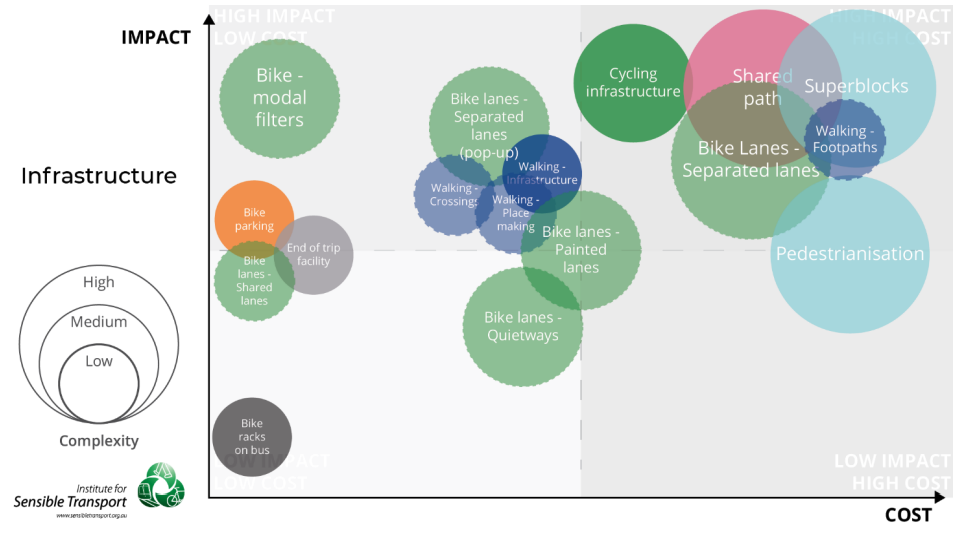
Topics
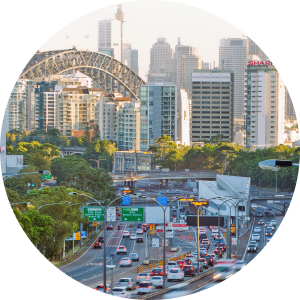
How are we tracking? An examination of walking and cycling levels in Tasmania
An overview of what the transport data says about current levels of walking and cycling, and how this has changed over time. We also look at geographic variability; what areas of Tasmania have the highest and lowest levels of active transport and why this is important.
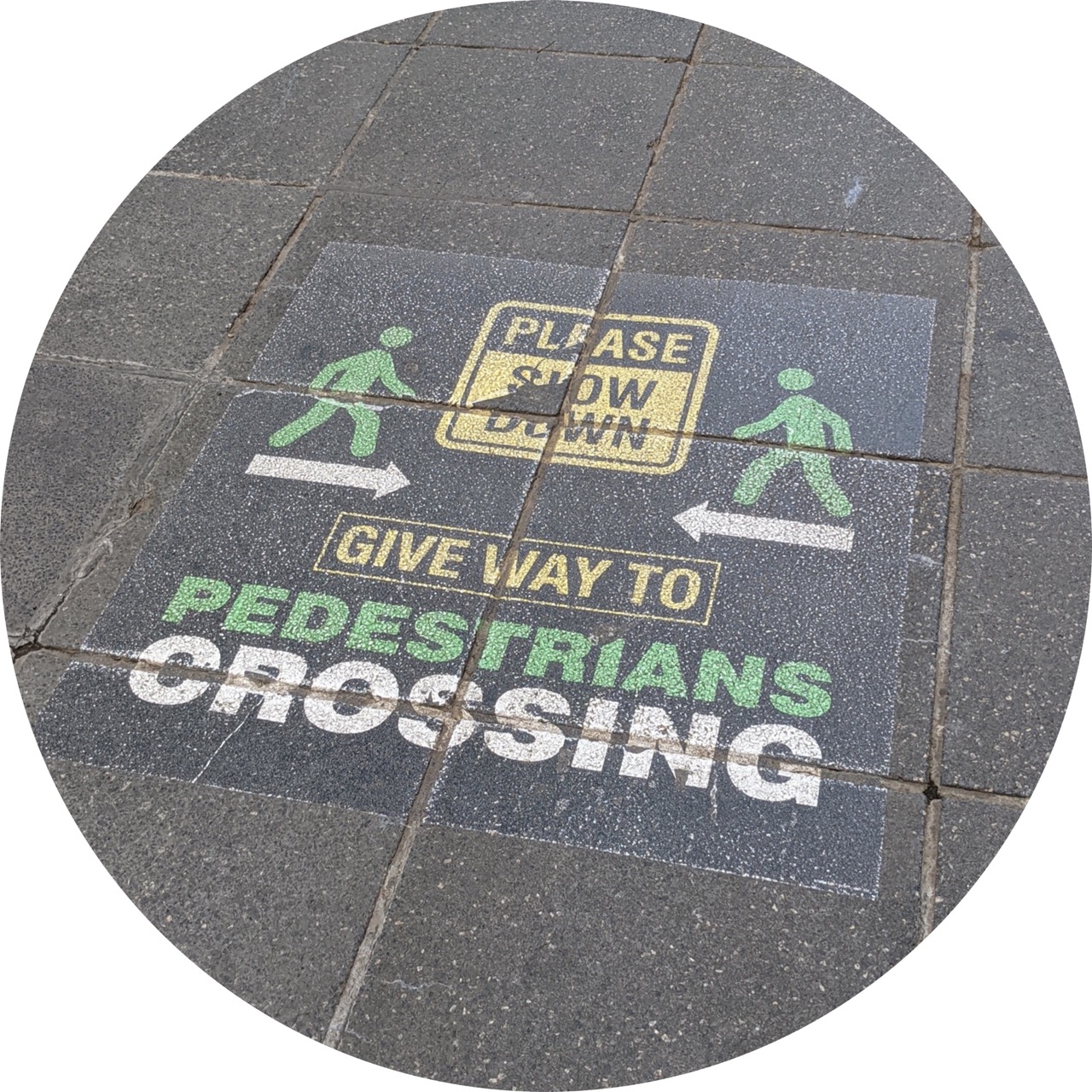
What are the main barriers to walking and cycling in Australia?
A synthesis of the main barriers to active travel, based on the results of the peer-reviewed literature and the implications for boosting levels of walking and cycling.
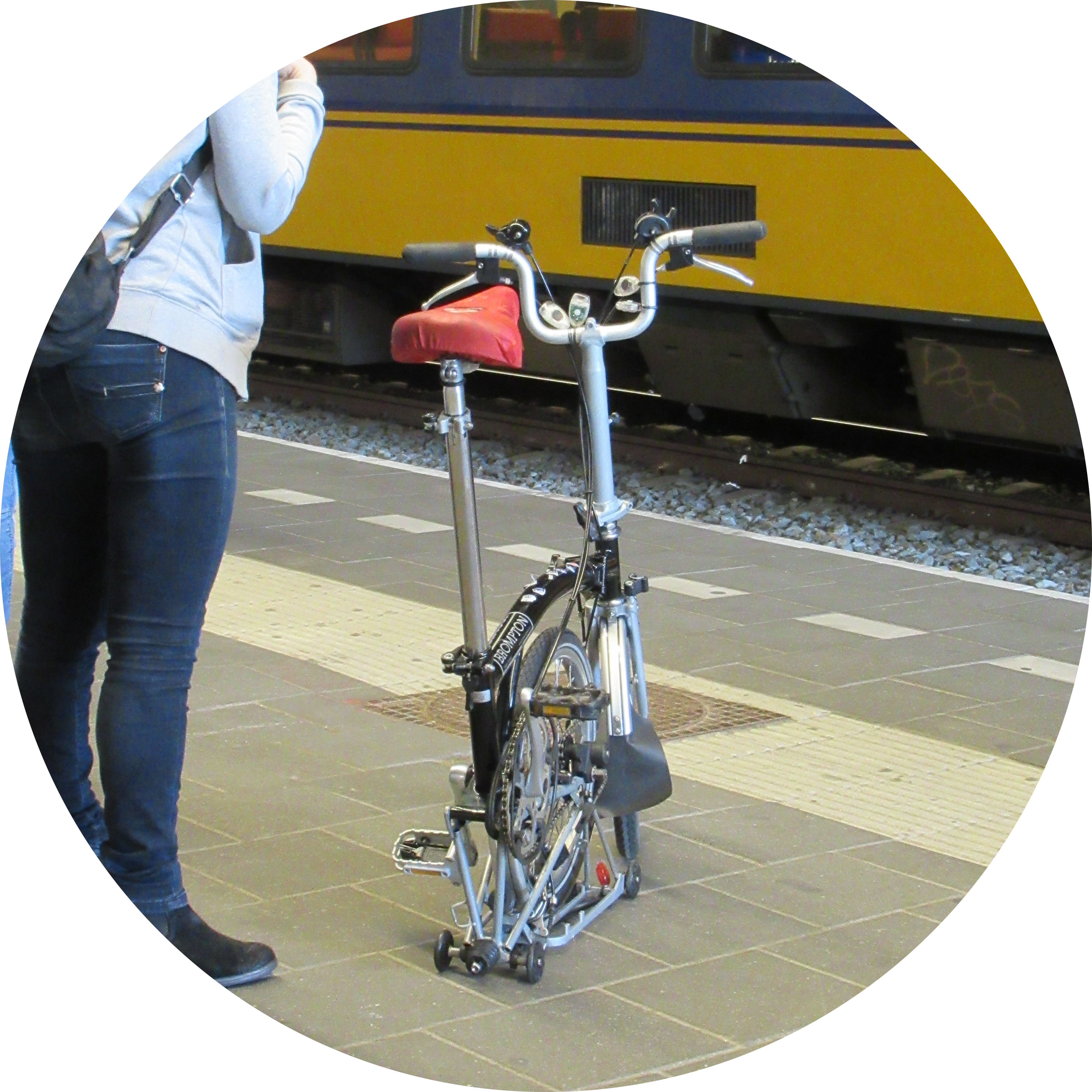
Our approach to measuring the impact, cost and complexity of different interventions
This component describes the methodology used to compare the wide range of interventions capable of increasing active transport mode share. This includes both encouragement factors (e.g. wider footpaths, better bike lanes) as well as discouragement factors (e.g. road user pricing, car parking constraint etc).
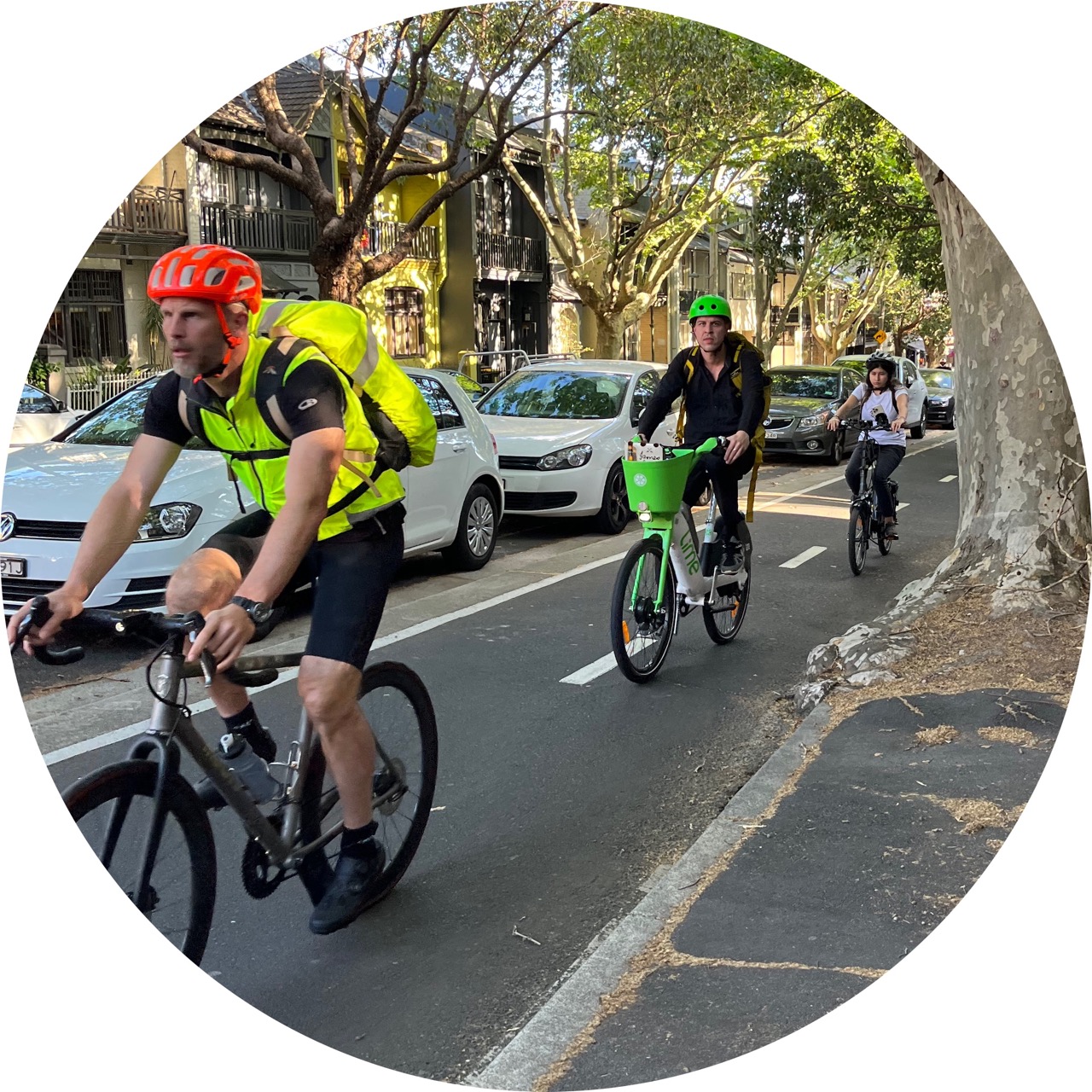
What works where? Understanding the importance of contextual factors
Some interventions will work well in the central city, but might be less suited to a regional centre or outer suburban location. We describe the process and results identifying which interventions are most appropriate for inner city, suburban, central areas of regional cities, as well as rural areas. This helps to ensure the intervention is right for the geographical context.
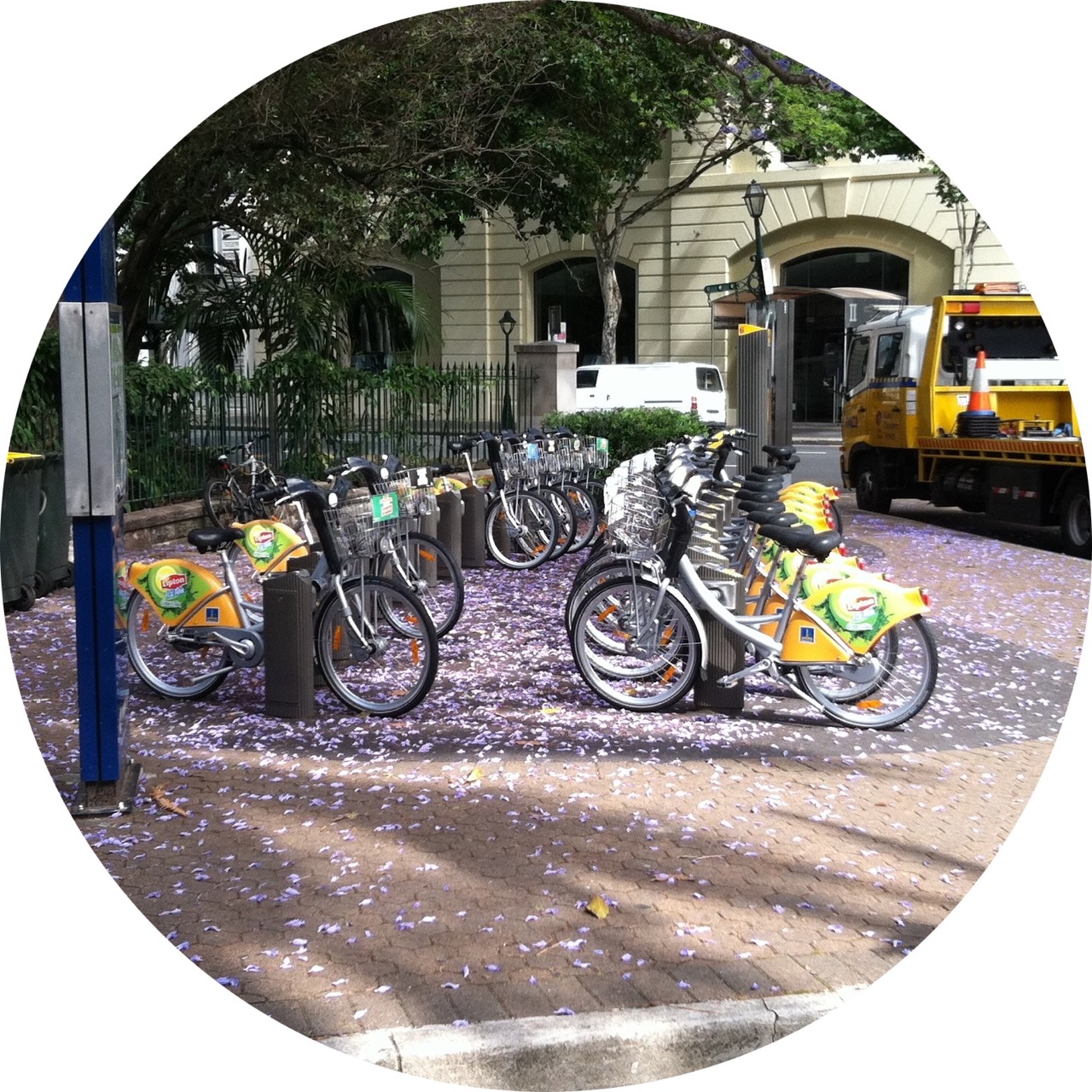
Infrastructure and non-infrastructure measures – which are the most effective interventions to boosting active transport mode share
This component of the seminar discusses the results; detailing which interventions are capable of providing the most significant impact, while also being cogniecent of the cost and complexity of the intervention. Complexity includes both political and technical elements.
Group discussion and Q&A
The seminar will provide a generous opportunity for group discussion and questions.
Facilitator
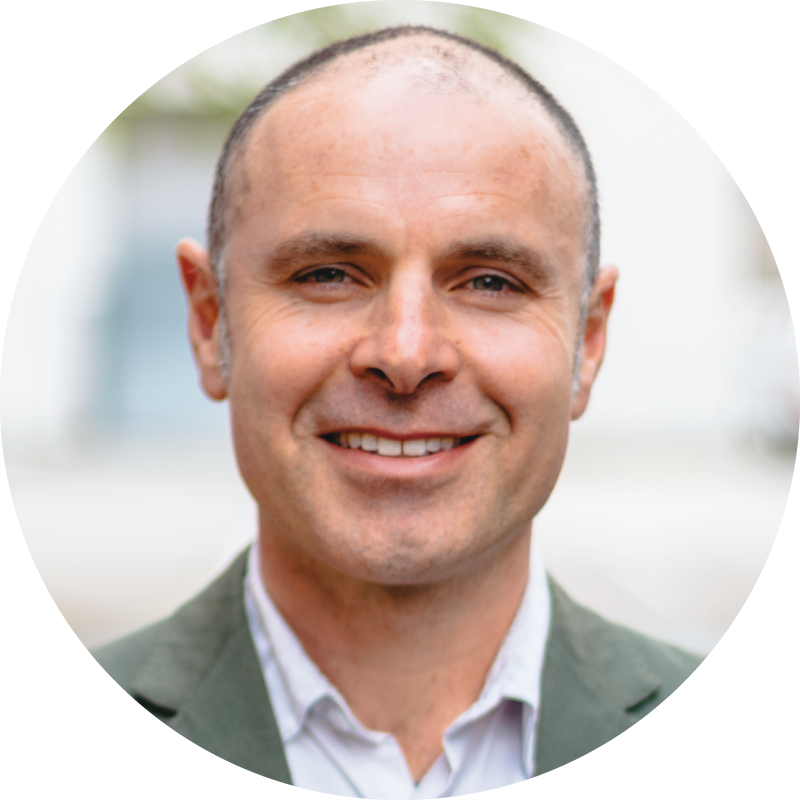
Dr Elliot Fishman
Director, Transport Innovation, Institute for Sensible Transport
Dr Fishman is ranked by Stanford University in the top 2% of scientists globally, for his contribution to active transport. He is one of Australia’s most experienced practitioners in helping government create strategies to boost levels of walking and cycling. He provided technical assistance to the NSW Government in developing business cases for cycling and network prioritisation and has developed active transport strategies for multiple NSW local governments. He completed his PhD at the Centre for Accident Research and Road Safety and his Post Doc at Utrecht University in the Netherlands. He has advised the Prime Minister’s Office on sustainable mobility, the OECD, the National Government of Singapore and many Councils and state governments.
Venue
University of Tasmania
Phillip Smith Centre
Domain House
71 Brooker Avenue, Glebe
Friday 1st November 2024
9:30am – 11:30am
